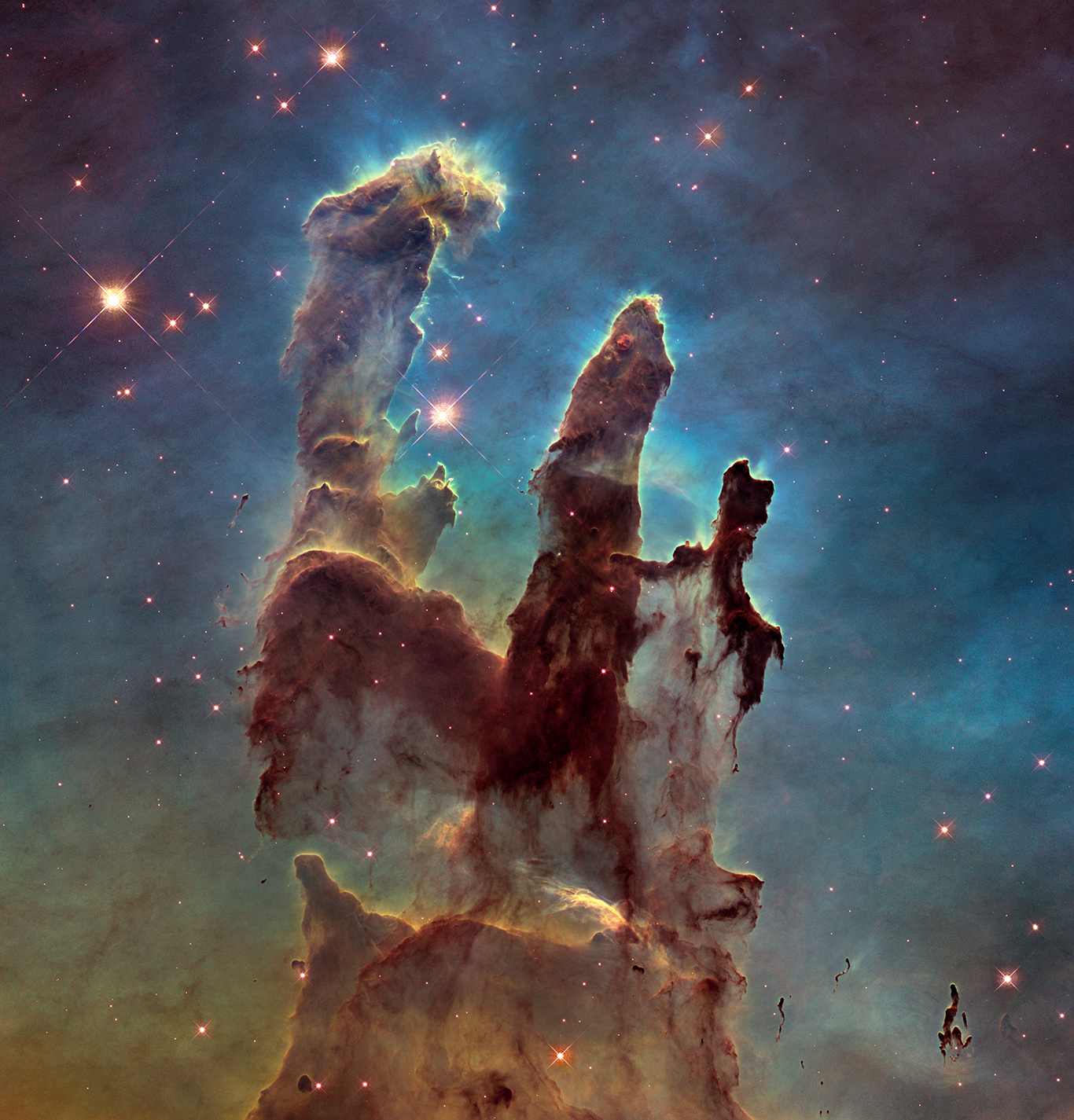


Astrophysicist Bijan Nemati on Why Intelligent Design Matters
On today’s ID the Future, astrophysicist and intelligent design proponent Bijan Nemati shares the first part of his story of science and faith. Those who follow Discovery Institute’s Center for Science and Culture may know Nemati from his appearance in the popular ID documentary The Privileged Planet. Born and raised in Iran, he moved to the United States shortly before the Iranian revolution, became an atheist in college, but eventually found his way to a strong religious faith, in part through his exposure to the scientific evidence for intelligent design, first in biology and then in cosmology. Along the way he landed a high-level job with NASA’s Jet Propulsion Laboratory (JPL) and became a leading expert in space interferometer telescopes Read More ›

John Bloom on the Match that Lit the Scientific Revolution
On today’s ID the Future Biola University physicist John Bloom discusses his chapter in the recent anthology The Comprehensive Guide to Science and Faith, co-edited by host Casey Luskin. Bloom’s focus in his contributed chapter is the pivotal role of Christianity in the rise of science. Bloom, the academic director of Biola’s master’s program in science and religion, draws on his PhD training in physics but also on his PhD in ancient Near Eastern studies and his study of the history of science. Here he argues that while the Babylonians and Greeks contributed some discoveries and insights that would eventually play into the rise of science, science did not take off, was not born, until a cluster of crucial ideas Read More ›

How Finely Tuned Is Our Universe?
On this ID the Future, Baylor University computer engineering professor Robert J. Marks hosts Ola Hössjer of Stockholm University and Daniel Díaz of the University of Miami to discuss a recent research paper the three contributed to the Journal of Cosmology and Astroparticle Physics, “Is Cosmological Tuning Fine or Coarse?” It turns out that’s no easy question to answer rigorously, but this is where the new paper comes in. In this episode the three unpack the long answer. What about the short answer? It’s akin to a description in The Hitchhiker’s Guide to the Galaxy: “Space,” it informs us, “is big. Really big.” Measuring how finely tuned our universe is for life is all about searching large spaces of possibilities; Read More ›

Physicist Eric Hedin Discusses His New ID Book, Canceled Science
Today’s ID the Future spotlights Canceled Science: What Some Atheists Don’t Want You to See. Host Robert Crowther and author Eric Hedin begin by revisiting the atheist attack on Professor Hedin and his Ball State University course, the Boundaries of Science. The course was an interdisciplinary honors course exposing students to some basic astrophysics and cosmology, as well as to some of the big questions raised by such discoveries as the Big Bang and the fine-tuning of the laws and constants of physics for life. The course included mention of world-leading scientists who saw evidence of design in some of these findings, as well as mention of scientists who denied any evidence of design in nature. Atheist Jerry Coyne and Read More ›

Why Information is the Basis of the Universe
On this episode of ID The Future, Sarah Chaffee talks with physicist Dr. Brian Miller about a recent article that argues that the fundamental basis of the universe is information. In this episode, Miller explains how physicists have come to rethink the role of information, moving from a materialist view in which information is seen as a byproduct of matter to a view in which information is seen as fundamental to the fabric of the cosmos.

A Journalist Misreads Intelligent Design. A Nobel-Prize Winning Scientist Backs It.
On this episode of ID: The Future, Evolution News & Science Today editor David Klinghoffer takes issue with the suggestion that conservatives tend to view science as “a kind of fakery,” and that they embrace intelligent design primarily out of religious, anti-science motives. Then Klinghoffer considers the case of physicist and Nobel Laureate Brian Josephson, who came out in support of intelligent design on PBS’s Closer to Truth.

Dr. David Snoke: The “Maxwell’s Demon” Thought Experiment
On this episode of ID the Future, hear part 3 of a lecture given by David Snoke at a conference sponsored by the Christian Scientific Society. In this segment, Dr. Snoke, professor of physics and astronomy at the University of Pittsburg, discusses the “Maxwell’s demon” thought experiment and evaluations the odds of an information processing system occurring spontaneously.
Read More ›
Dr. David Snoke: Information and Entropy
On this episode of ID the Future, hear part 2 of a lecture given by David Snoke at a conference sponsored by the Christian Scientific Society. In this segment, Dr. Snoke, professor of physics and astronomy at the University of Pittsburg, discusses the relationship between information and entropy.
Read More ›